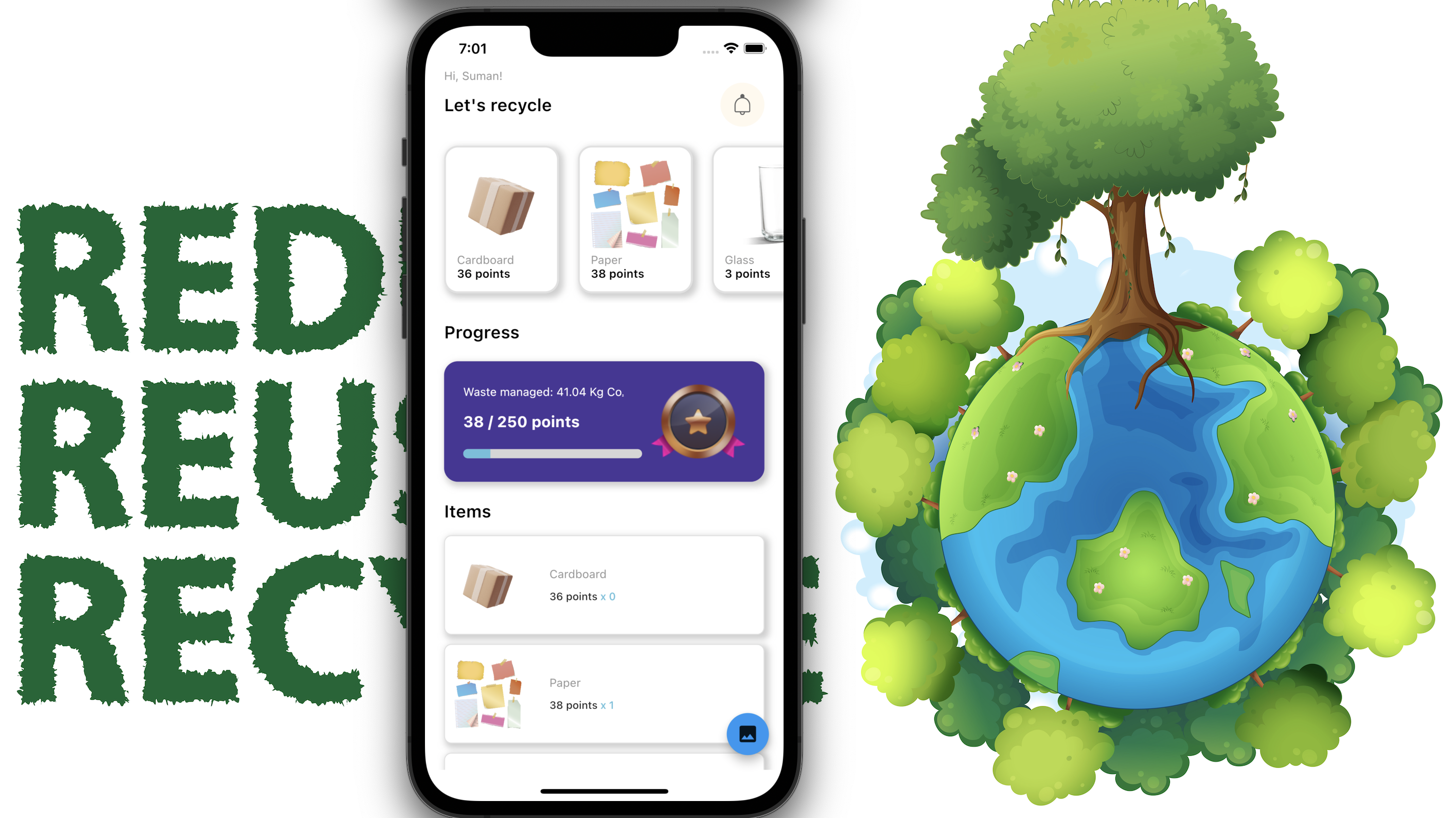
What is Deep Waste?
The Deep Waste system employs the state of the art machine learning model to categorize waste, facilitating its management with a fun in a rewarding way.
Problem
Traditional waste management systems can be inefficient and unengaging, leading to improper waste disposal and reduced recycling rates. The drawbacks of the old situation include inefficient and unengaging waste management practices.
Solution
Deep Waste is a tool that uses state of the art machine learning models to categorize waste, making the process of waste management fun and rewarding for users. This approach encourages proper waste disposal and increases recycling rates.
Customers
The primary users are likely environmentally conscious individuals, eco-friendly organizations, and educational institutions focusing on promoting sustainability and proper waste management practices.
Unique Features
The unique feature of Deep Waste is its use of advanced machine learning models to categorize waste accurately, coupled with a gamified system to make the task engaging and rewarding.
User Comments
Users appreciate the innovative approach to waste management.
The gamification aspect is highlighted as highly engaging.
The accuracy of waste categorization using AI is well-regarded.
Environmental enthusiasts find it a valuable tool for awareness and education.
Some suggest further enhancements for broader waste material recognition.
Traction
Given the constraints, no current traction data (like number of users, MRR/ARR, financing) specific to Deep Waste was available. Further research would be required for precise values.
Market Size
The global smart waste management market is projected to grow from $2.4 billion in 2020 to $3.97 billion by 2025.


